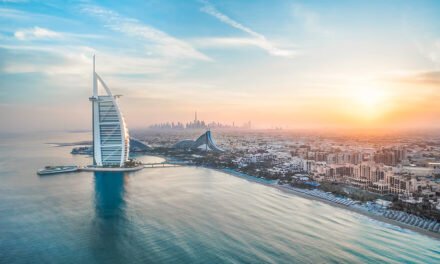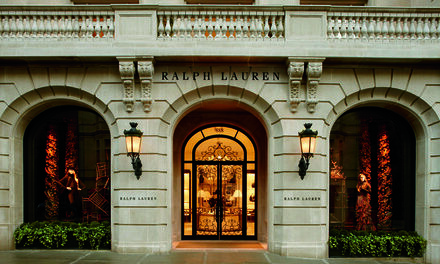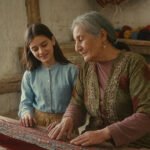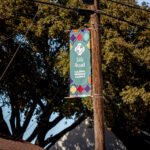We take our role in the landscape very seriously.


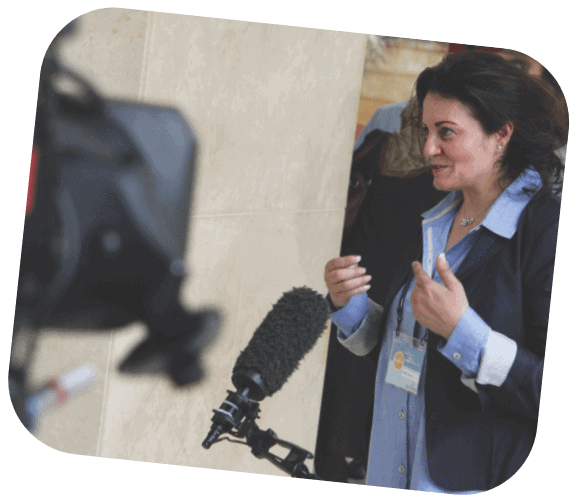
There is a significant constituency in this world that still oozes favoritism toward one culture versus the other and one religion vs. the other because that pleases the people in power and fills deep pockets. It seems that justice no longer exists because the majority rules.
We all want a voice. Middle Easterners in general lack the true voice with the massive campaign of negativity that always surrounds it. And we hope that with every article, we help you experience a different journey; for this is the reason that ALO magazine exists. We tell it the way we see it. Free of bias and challenging those who think of others as insignificant. The truth is that the Middle East can never be ignored. It must be understood. It should never be treated only as a culture of terror because terrorism can come from any religion, government and faction and it does.
We hope that by bringing our findings to light will foster more friendship and understanding. For only these qualities can patch wounds and heal centuries of conflict and manipulation. ALO will continue to be that little voice that whispers.
“What if?”
˚ What if you explore a little bit of the culture during a visit to learn about the people at first hand?
˚ What if you shut your eyes and stop seeing colors, or boundaries or language barriers?
˚ What if you just look and observe, and then stop listening to what others tell you to believe?
Wouldn’t that change the way you think?
Now in ALO we begin a journey of healing and open dialogue. We welcome you as our partner, reader, explorer, friend and family. We are reaching out, and we trust you are listening.

Sounding Off
A public survey sounds off on how the mainstream media represents the Middle East and what Middle Easterners need to overcome it.
We’ve recently concluded our first extended public survey since 2010. Putting a finger on the pulse of the customer is always a good idea in business, and our business is no exception. We drafted the questions with the help and input of numerous community leaders, who took advantage of the opportunity to ask some of their most burning questions.
The survey was conducted from June 1 to August 20, 2013, via Survey Monkey and disseminated emailings, and 1,442 people replied to most of the 21 questions. ALO will present the full survey online, but we couldn’t wait to summarize some of the most interesting results.

Responses:
“We do not need to overcome anything. We need to accept the culture here. If we choose to live here, we need to adapt to the culture and not the other way around.”
“I don’t know if Middle Easterners need to overcome negativity or the media does. That’s part of the problem, given that we don’t know if there is another side to the story.”

On Media Bias
Respondents, mostly Caucasian, nearly universally agreed there is typically a mainstream U.S. media bias when the Middle East is portrayed.
BIASED 74%
UNBIASED 19%
NEUTRAL 7%
Some Comments:
“…different media sources will give a different slant on news and events regarding the Middle East depending on their political affiliation, or what corporation runs that media institution. It’s difficult to trust the mainstream media to portray a complete, well-rounded, and unbiased image of the Middle East.”
Overcoming the Bias
Readers and the public alike were asked what they think Middle Easterners need to overcome to achieve a positive media slant. Here are the numbers for the top five responses (more than one response could be given):
STEREOTYPES/UNFAIR
JUDGMENTS 43%
POLITICS 20%
AMERICAN
BIGOTRY 17%
RELIGIOUS EXTREMISM 11%
LACK OF RIGHTS/
WOMEN’S AND HUMAN 9%





